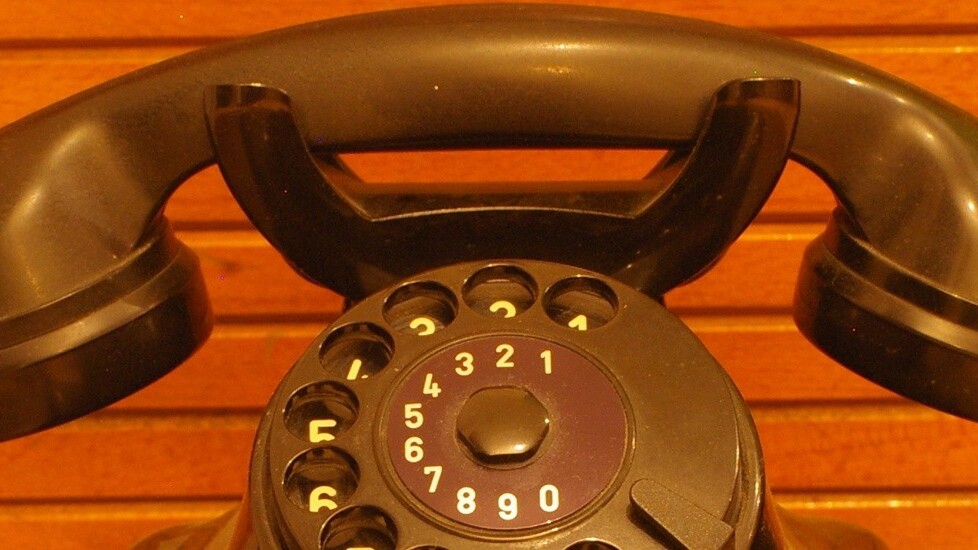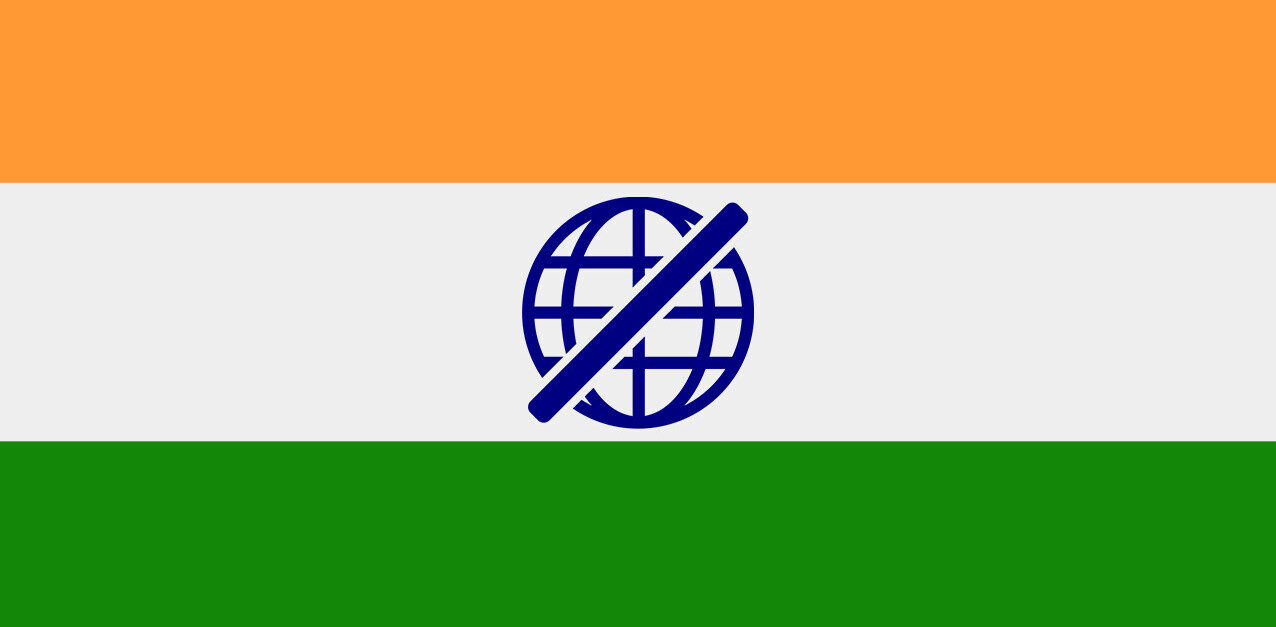
Indonesia is one of the few countries in Southeast Asia that is yet to deploy 4G commercially, and it’s under pressure from all fronts to rectify that situation. At an event held to discuss 4G LTE in Jakarta on Thursday, carriers, regulators, network companies, and the government all agreed that the implementation of 4G needs to happen soon.
In his opening speech, head of the telecommunications section of the Indonesian chamber of commerce Johnny Swandi Sjam acknowledged that the country is trailing many of its neighbours.
“Other countries may have already implemented 4G networks but we have just recently completed the final tender on the final two blocks of the 3G frequency,” he admitted.
Sjam looked back on trends, reflecting that the focus was on voice calls during the first decade of mobile communications in Indonesia. Even though voice was dominant, it was eventually overtaken in popularity by text messaging thanks to SMS — that’s changed now, of course.
Today, over the top services, better known to consumers as apps, which run using mobile data, are rapidly pushing SMS aside. “It’s not inconceivable that these all-you-can-eat text messaging deals will evolve into video messaging and streaming along with the demand for the evolution of technology”, said Sjam.
Sjam is projecting that the number of 2G data subscribers will fall to 5 percent by 2015, whereas 3G subscribers are estimated to reach 45 percent during that time, incorporating 4G subscribers once it’s commercially available (which assumes Indonesia will have 4G connectivity by that time).
His concern, though, is that current 3G networks are so limited in frequency that it has pushed the popularity of apps that require low intensity data connections. That, in turn, is driving operator revenues down, instead of up. The arrival of 4G is expected to see those revenues rise again, but it will take time.
According to Sjam, in 2012, SIM card penetration reached 119.9 percent of the population and it’s expected to reach 144 percent within three years, but actual usage lags at 58 percent. He said that a significant number of SIMs are used like disposable calling cards which is hurting carriers in terms of revenue and projections. That growth rate is actually relatively low but it represents an opportunity for carriers to seek new customers, especially in an age when many people carry multiple devices.
Comparing year-on-year figures, the share of revenue from voice service is declining, and will continue to decline, said Sjam. In 2012 voice revenue made up 61.8 percent of the total mobile pie, but it is expected drop to 55.9 percent by 2015. Non-voice revenue is projected to slowly rise from 38.2 percent in 2012 to 44.1 percent in 2015.
President Director and CEO of Indosat Alexander Rusli said that the world has become more bandwidth hungry. As devices become more sophisticated, the data traffic consumed by these devices increase in multiple folds. He claimed that data consumption on tablets is 120-times greater than on traditional feature phones, while smartphones consume around 50-times more data.
“When customers switch to a more sophisticated device, their data usage increases,” Rusli said.
“The bulk of the production is smart devices, no longer feature phones,” he continued. “At Mobile World Congress, the focus was on smart devices while only a small number of feature phones were announced. People used to want more processing power, but now they want more bandwidth.”
The government is scheduled to complete its 4G regulations by the end of the year. This is expected to open the door for 4G LTE to be rolled out commercially in 2014, although Telkom Indonesia says that its Telkomsel subsidiary has plans to commercially roll out 4G LTE later this year in four areas: Jakarta, Bali, Medan and Manado. It is not clear, however, which frequency will be used.
The issue of frequency is an important one because existing LTE-capable devices are equipped to handle LTE connections at specific ranges. As we wrote last year, deploying LTE through an unpopular frequency will amount to very little as few devices will be able to take advantage of it.
The adoption of 4G LTE is crucial to the sustainability of the industry, and it has to be done correctly with the support of all parties concerned. The industry and the government must learn from the failure of WiMAX in Indonesia.
Note: This article was originally written by Aulia Masna
Headline image via plenty / Flickr
Get the TNW newsletter
Get the most important tech news in your inbox each week.




